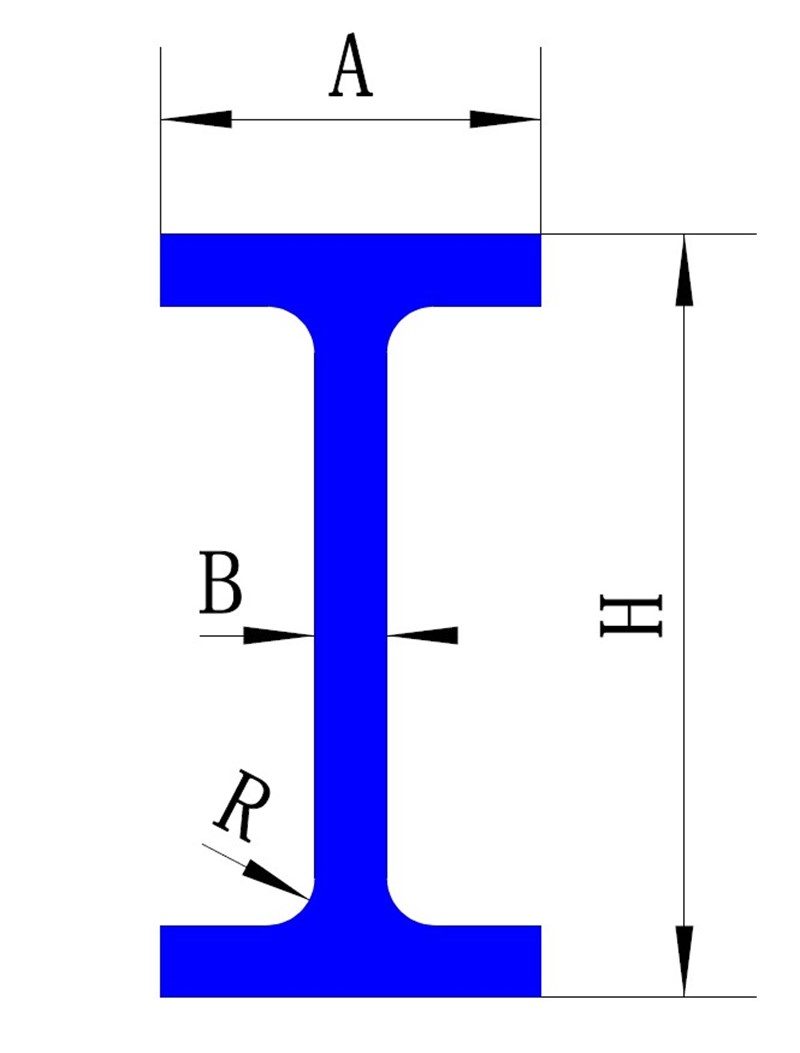sep . 28, 2024 09:14 Back to list
welding tables should be made of
The Importance of Selecting the Right Material for Welding Tables
Welding is an essential process in various industries, from manufacturing to construction. The choice of equipment and materials involved can greatly affect the quality and efficiency of welding operations. One of the most critical components in any welding shop is the welding table. The construction and material of a welding table can significantly influence the workpiece's stability, the welder's comfort, and the overall success of welding projects. In this article, we will explore why welding tables should be made of specific materials and the characteristics that make these materials ideal for welding applications.
Durability and Strength
One of the primary considerations when selecting the material for a welding table is durability. Welding involves high temperatures and the potential for sparks and molten metal to come into contact with surfaces. Thus, the table must be constructed from materials that can withstand these conditions without warping, cracking, or degrading over time. Steel is often the material of choice for welding tables due to its inherent strength and durability. It can handle the intense heat generated during welding processes and is resistant to damage from heavy workpieces and tools.
Flatness and Stability
Flatness is crucial in welding, as even minor imperfections in the work surface can lead to misalignment and deformities in the finished product. While many tables may not be perfectly flat, using materials that can be machined or ground to achieve a flat surface is essential. Steel, once properly fabricated, provides an excellent flat surface that enhances welding precision. Additionally, the stability of the table is vital; a sturdy material like steel helps ensure that the table does not wobble or shake during the welding process, further promoting accuracy.
welding tables should be made of

Heat Resistance
Welding involves exposure to extreme temperatures, which can transfer to the table itself. This heat can cause less resilient materials to warp or become structurally compromised. Therefore, a welding table should be made of materials that exhibit excellent heat resistance. Steel is again favored for its ability to resist warping from high temperatures. Furthermore, surfaces that are treated or coated to enhance heat resistance can add longevity to the table, ensuring it remains functional even after prolonged use.
Versatility and Functionality
Welding tables often need to accommodate a variety of tasks and workpieces. As such, the selected material should be versatile enough to allow for modifications, such as adding clamps, jigs, or fixtures. Steel tables can easily be outfitted with various mounting solutions, providing flexibility in different welding applications. Additionally, some welding tables come equipped with built-in magnetic features, enhancing the functionality of the workspace for a range of projects.
Conclusion
In conclusion, the material used to construct welding tables is paramount in determining their effectiveness in a welding environment. Steel emerges as the ideal choice due to its durability, ability to maintain flatness, superior heat resistance, and versatility. Investing in a high-quality welding table made from the right material can significantly improve the quality of welding work, enhance productivity, and contribute to the overall success of welding projects. For those engaged in welding work, the significance of a well-constructed and appropriately materialled table cannot be overstated. Choosing the right material is not just a matter of preference; it is a critical decision that impacts every aspect of the welding process.
-
Why Metric Trapezoidal Thread is Ideal for Precision Motion ControlNewsAug.05,2025
-
The Unique Properties of a Block of Granite for Industrial UseNewsAug.05,2025
-
The Role of Flanged Y Strainers in Preventing Pipeline ClogsNewsAug.05,2025
-
The Importance of Regular Calibration for Master Ring GagesNewsAug.05,2025
-
How a Cast Iron Surface Table Enhances Accuracy in ManufacturingNewsAug.05,2025
-
Comparing Different Check Valve Types for Optimal Flow ControlNewsAug.05,2025
Related PRODUCTS









